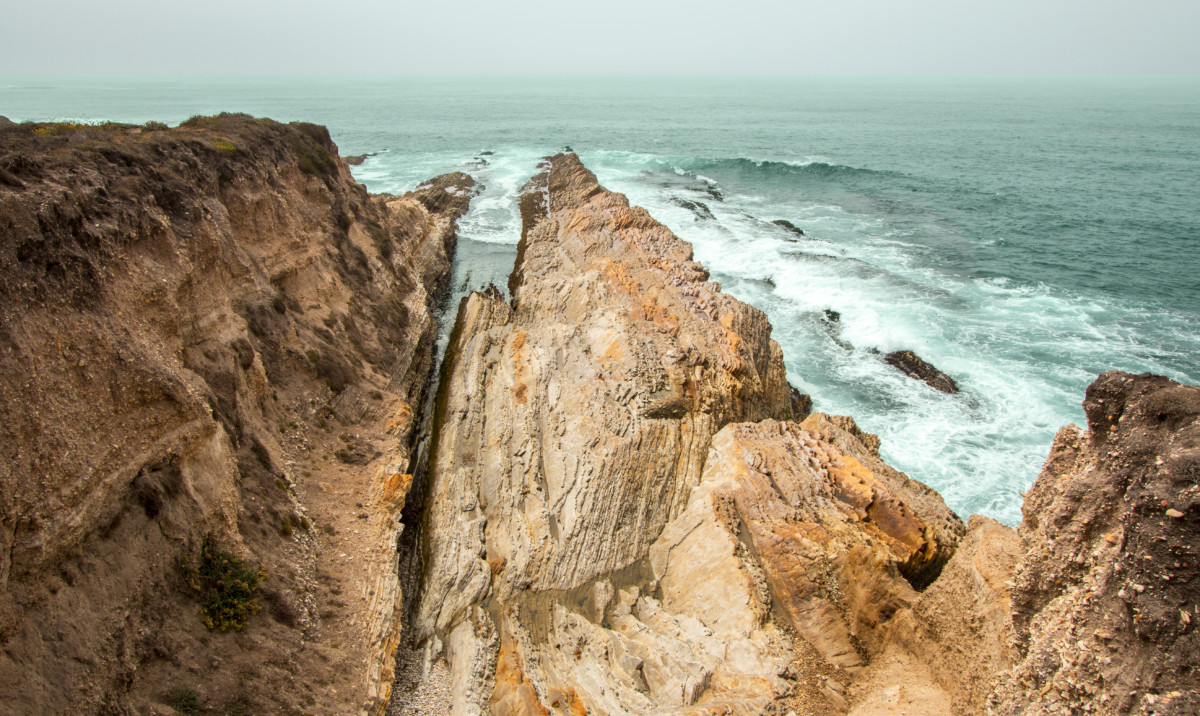
By Annelies Mondi
By arrangement with On the Commons
Can we truly know wilderness? The word itself defies constraint, and contains multiple meanings. “An uncultivated and uninhabited region,” “an empty or pathless area,” and “a confusing multitude” are but a few definitions of wilderness, all of which indicate humans’ complex and changeable relationship to nature.
The splendor and mystery of the American wilderness has inspired many generations of explorer-artists. In the nineteenth century, artists such as Thomas Moran and Albert Bierstadt captured the grandeur and awe of the American West and helped motivate the creation of the first national park, Yellowstone, in 1872. Early in the twentieth century, the paintings of Rudolph Ingerle were instrumental in establishing Great Smoky Mountains National Park. These artists are among many who helped fuel and popularize the conservation movement in America. Protection of the wilderness came to be seen as critical to preserve wildlife and topography not only for its own inherent value, but also for the spiritual, creative, and cultural health and sustainability of the citizenry.
Out of an appearance of chaos arises a deliberate beauty.
Gifted with a keen eye and intellect, Thomas Paquette is a modern heir to these artistic forebears. His paintings present the natural world to us in varying shades, from the intimate to the majestic, and evoke the mood and feeling of a place. But Paquette’s paintings do not merely document; they stir our imagination and make us look at our environs anew.
In contemplating Paquette’s paintings and our friendship of nearly twenty-five years, I see strong parallels between his approach to painting and his approach to life, as well as between his methodology and the mysteriousness of nature. As his paintings develop, he approaches the subject almost indirectly. Out of an appearance of chaos arises a deliberate beauty.
Paquette’s paintings give an exuberant impression of being just barely contained by paper or canvas. Each painting is a journey in and of itself. He distills the landscape, sometimes to abstraction. Small fields of color abut each other, often in unexpected ways. His process appears to work in concert with nature.
Each of Paquette’s paintings evolves from initial sketches in sometimes wildly unnatural colors, such as pinks, bright blues and reds. Next, he layers and scrapes the paint in a process of building, destroying, and rebuilding. He carefully manipulates light and shadow, perhaps changing the time of day or even the entire composition. After many forays in various directions, the painting eventually arrives at its destination, which can sometimes be a surprise, given its journey.
Whether portraying the vast expanse of the Vermilion Cliffs of Arizona, the quiet solitude of the Boundary Waters of Minnesota, or the still, dark confines of the Okefenokee Swamp, Thomas Paquette’s work evokes the layered nuances and moods of a landscape. The color, light, composition, and even the surface of many of his paintings capture some secret, some clue to the natural world’s makeup. While standing before one of his large oil paintings or peering into the smallest of gouache paintings, the viewer has the sense of worlds within.
Paquette’s love of nature is superseded only by his drive to create and share with others all that he has observed. How lucky for us that he has chosen to convey his passion for the natural world through the conduit of his brushstrokes. Reviving us from complacency, Paquette’s work urges us to appreciate the American wilderness through an adventurer’s eyes and be humbled by our discoveries.

